The World’s Ugliest Flowers. Certain flowers are universally regarded as unattractive due to their unconventional shapes, offbeat colors, unpleasant smells, or even their carnivorous or parasitic tendencies.
To pique your curiosity, we have rounded up the 21 ugliest flowers in the world right here.
21 Types of Ugly Flowers
1. California Pitcher Plant (Darlingtonia californica)
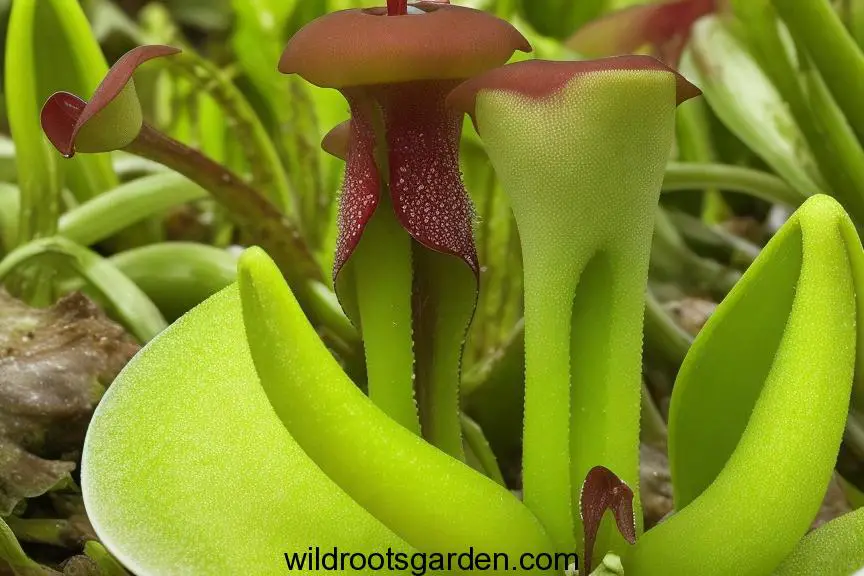
| Scientific Name | Common Name | Family | Distinct Feature |
|---|---|---|---|
| Darlingtonia californica | California Pitcher Plant | Sarraceniaceae | Cobra-like Pitcher Structure |
Beyond its captivating traps, Darlingtonia Californica also boasts elegant flowers drooping gracefully from its stalk. These cobra lily blooms sport purple-red petals, their peak harboring a small portal tailored for pollinators.
Hailing from Northern California and Oregon, this unique plant’s dual nature of predation and pollination paints a captivating portrait of nature’s ingenuity.
2. Ophrys Regis-Ferdinandii (Ophrys speculum)
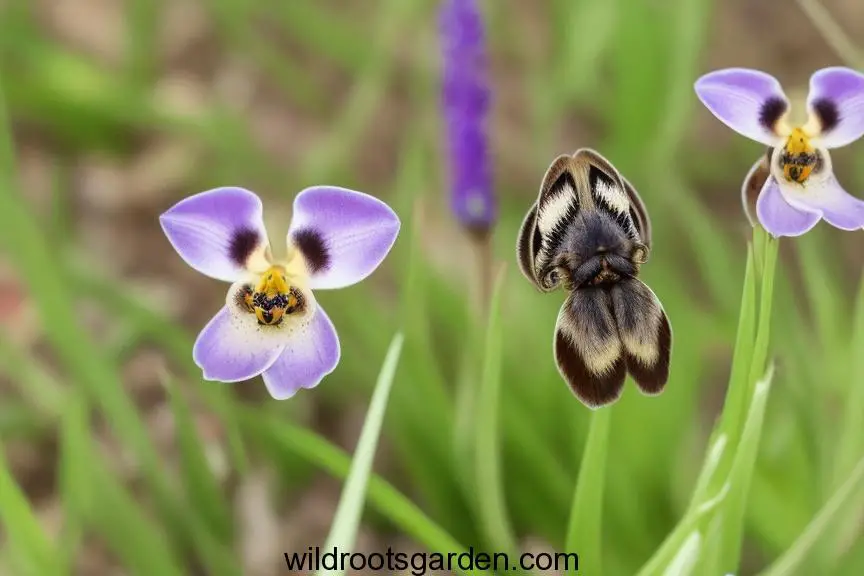
| Scientific Name | Common Name | Family | Distinct Feature |
|---|---|---|---|
| Ophrys regis-ferdinandii | King Ferdinand’s Orchid | Orchidaceae | Mirror Orchid-Like Lip |
Exclusive to Turkey and the eastern Aegean islands, the Orphys Regis-Ferdinandii stands petite at just 30 centimeters (12 inches) tall.
Nature’s artistry is showcased in this exquisite plant, an alluring blend of deception and unique habitat.
3. Corpse Flower (Amorphophallus titanum)

| Scientific Name | Common Name | Family | Distinct Feature |
|---|---|---|---|
| Amorphophallus titanum | Corpse Flower | Araceae | Enormous Unpleasant Odor |
Native to Sumatra’s Indonesian rainforests, this botanical marvel’s inflorescence can tower beyond 10 feet (3 meters). Within the flower lies a cluster of smaller blossoms releasing oils that allure pollinators, like insects, aiding in reproduction.
Remarkably, the Titan Arum defies predictability, flowering irregularly after more than a decade of dormancy. Once in bloom, the spectacle is fleeting, lasting under 48 hours.
Intriguing and elusive, the Corpse Flower illustrates nature’s enigmatic diversity in a grand yet transient display.
4. Zulu Giant (Stapelia gigantea)
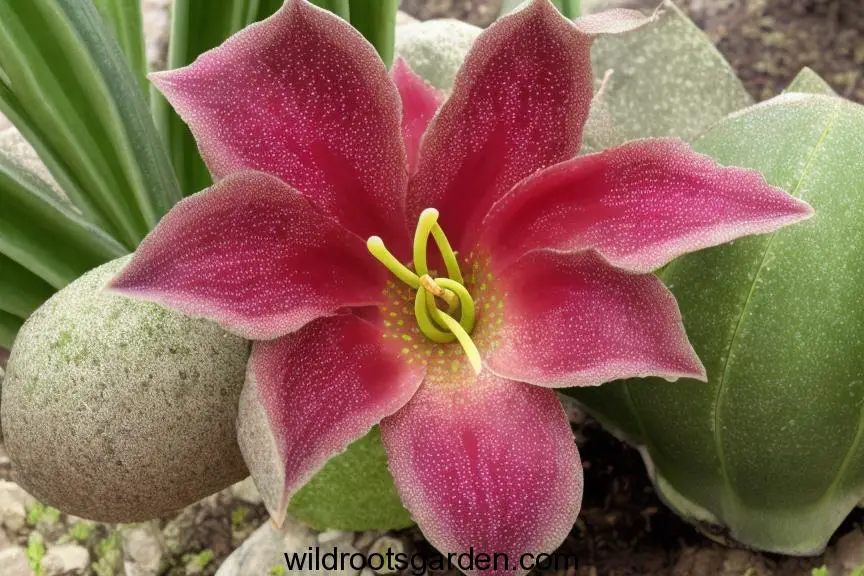
| Scientific Name | Common Name | Family | Distinct Feature |
|---|---|---|---|
| Stapelia gigantea | Zulu Giant | Apocynaceae | Starfish-like Flowers |
Its star-shaped flower flaunts five cream-yellow petals adorned with red-lined patterns, characterized by a textured surface and long hairs.
This enigmatic succulent releases a putrid scent resembling decaying flesh, a clever ploy to beckon insect pollinators. Nature’s paradox, showcased in one plant.
5. Black Bat Flower (Tacca chantrieri)
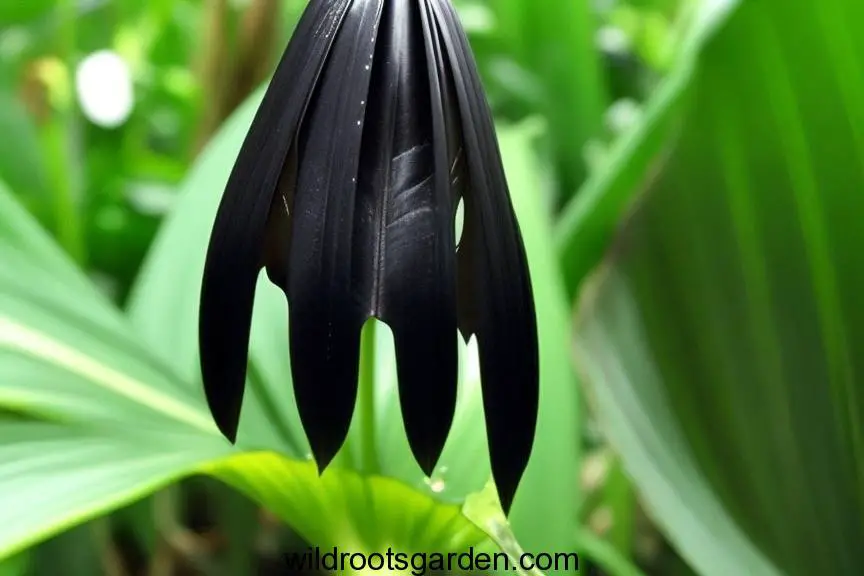
| Scientific Name | Common Name | Family | Distinct Feature |
|---|---|---|---|
| Tacca chantrieri | Black Bat Flower | Dioscoreaceae | Bat-Like Flowers and Dark Coloration |
6. Giant Padma (Rafflesia Arnoldii)
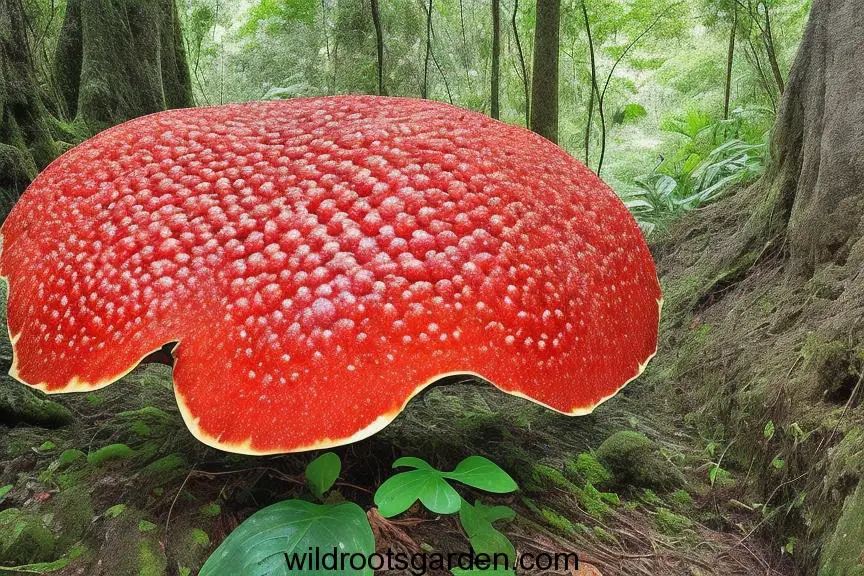
| Scientific Name | Common Name | Family | Distinct Feature |
|---|---|---|---|
| Rafflesia arnoldii | Giant Padma | Rafflesiaceae | Enormous Flower, No Leaves |
This flower exudes a putrid scent, attracting pollinators. As the world’s largest blossom at 3.3 feet (1 meter) across, it thrives in Indonesia’s Borner and Sumatra rainforests.
7. Pelican Flower (Aristolochia grandiflora)
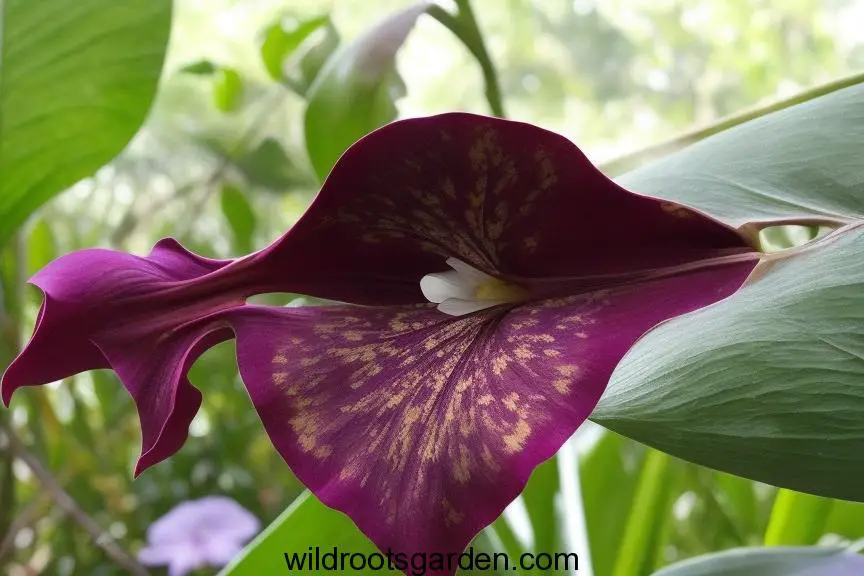
| Scientific Name | Common Name | Family | Distinct Feature |
|---|---|---|---|
| Aristolochia grandiflora | Pelican Flower | Aristolochiaceae | Unique Pelican-Shaped Flower |
Boasting sizable, velvety blooms adorned with white veins, the Aristolochia grandiflora releases an unappealing scent, luring pollinating insects like flies and beetles.
Native to Central America and the Caribbean, the Pelican flower thrives as a vine in tropical forest streams and gullies.
8. Birthwort (Aristolochia labiata)
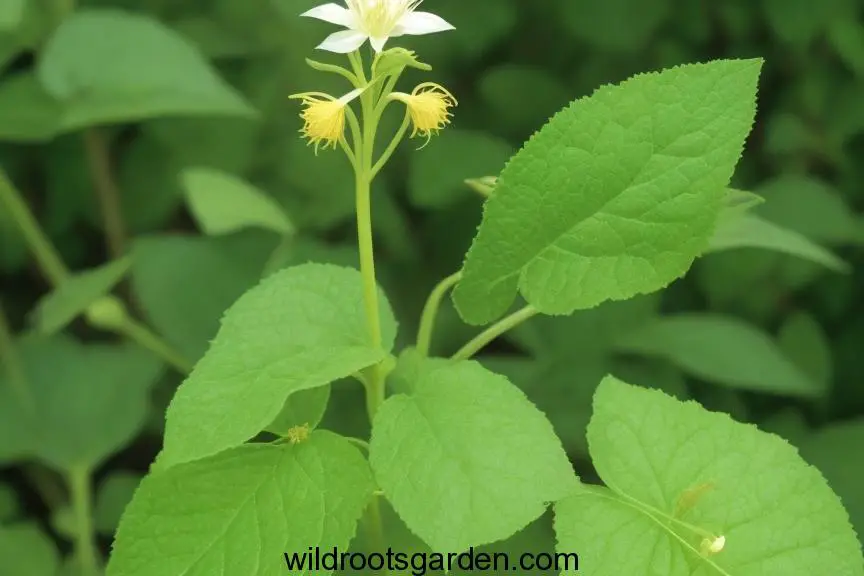
| Scientific Name | Common Name | Family | Distinct Feature |
|---|---|---|---|
| Aristolochia labiata | Birthwort | Aristolochiaceae | Distinctive Shaped Flower |
9. Monkey Cups (Nepenthes)
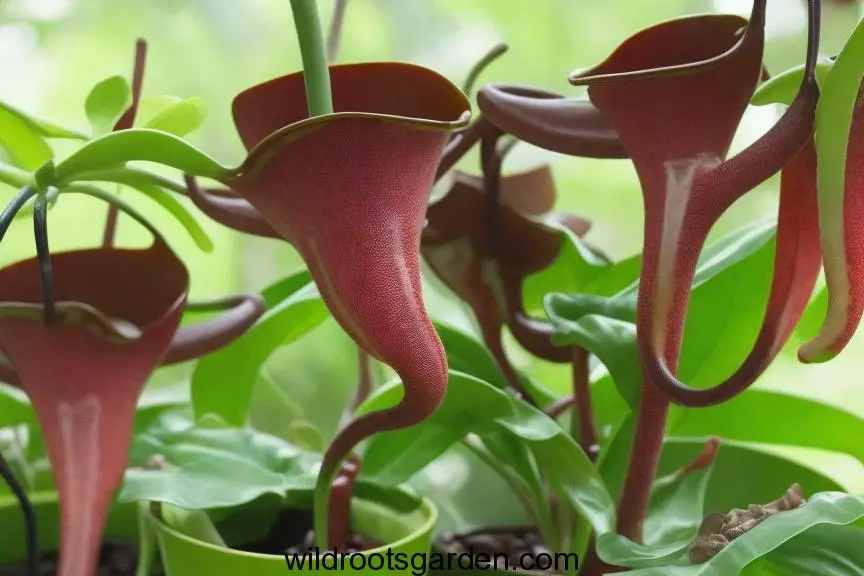
| Scientific Name | Common Name | Family | Distinct Feature |
|---|---|---|---|
| Nepenthes | Monkey Cups | Nepenthaceae | Pitcher-like Traps for Prey |
10. Bladderwort (Utricularia)
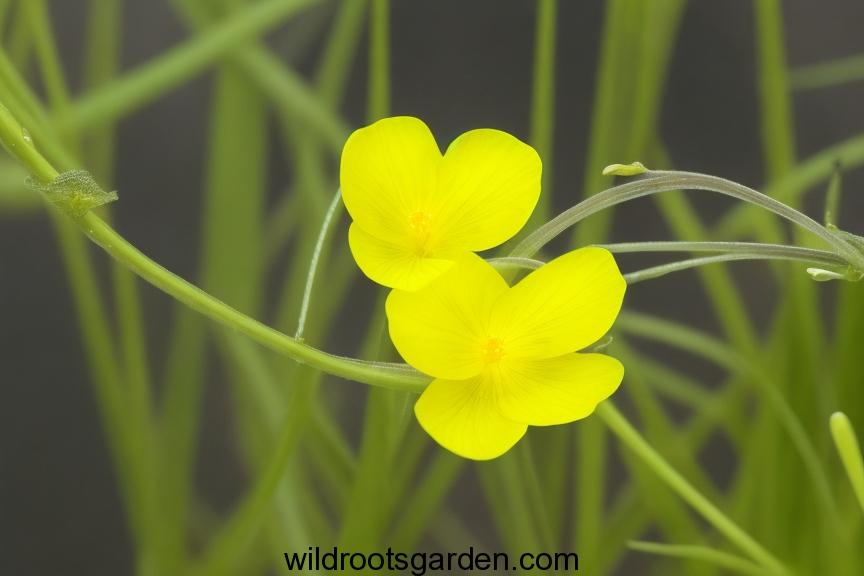
| Scientific Name | Common Name | Family | Distinct Feature |
|---|---|---|---|
| Utricularia | Bladderwort | Lentibulariaceae | Small Traps for Aquatic Insects |
11. Strangler Fig (Ficus aurea)
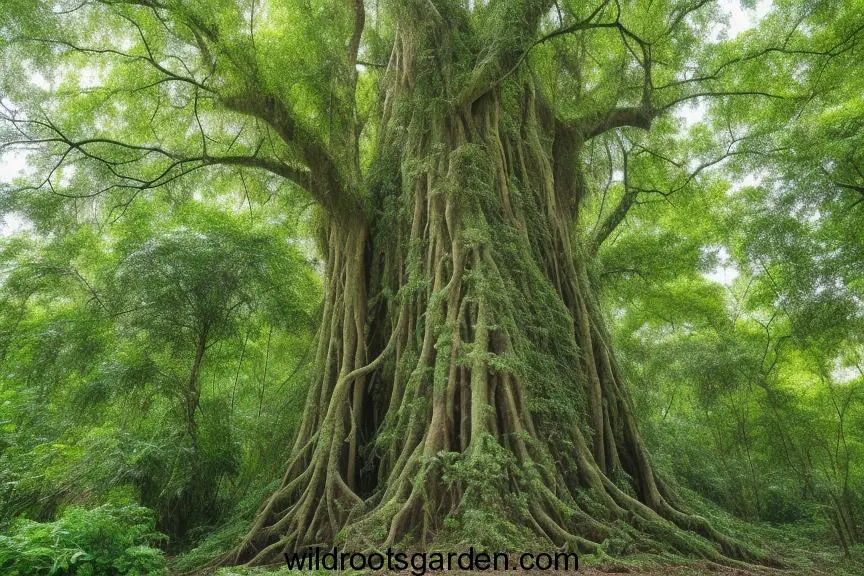
| Scientific Name | Common Name | Family | Distinct Feature |
|---|---|---|---|
| Ficus aurea | Strangler Fig | Moraceae | Epiphytic Growth and Strangling |
12. Tree Tumbo (Welwitschia mirabilis)
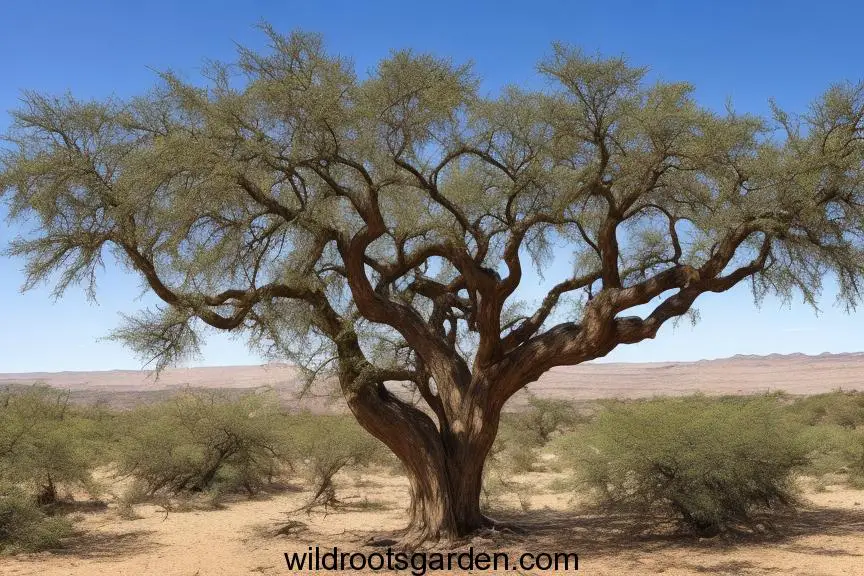
| Scientific Name | Common Name | Family | Distinct Feature |
|---|---|---|---|
| Welwitschia mirabilis | Tree Tumbo | Welwitschiaceae | Two-Leaved Desert Survivor |
13. Stinky Squid (Pseudocolus fusiformis)
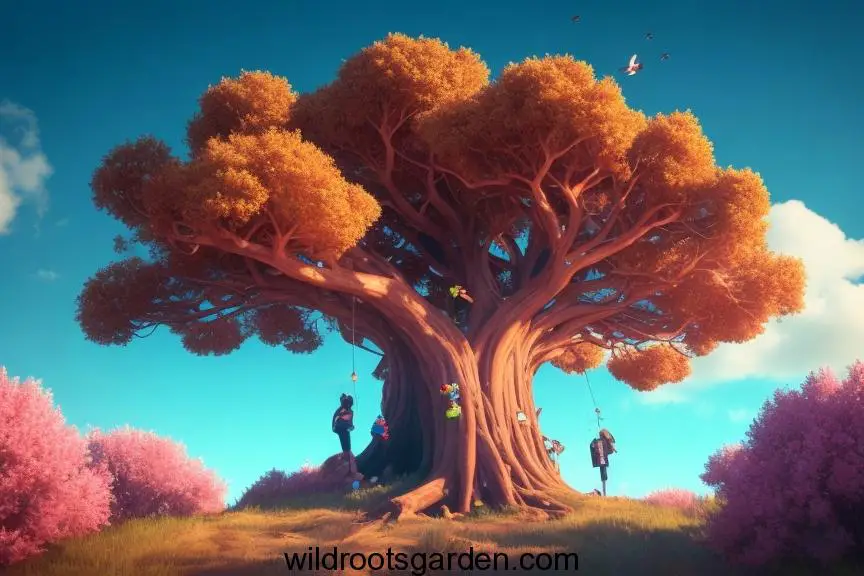
| Scientific Name | Common Name | Family | Distinct Feature |
|---|---|---|---|
| Pseudocolus fusiformis | Stinky Squid | Phallaceae | Odorous, Squid-Like Fruits |
14. Karas Mountains Living Stone (Lithops karasmontana)
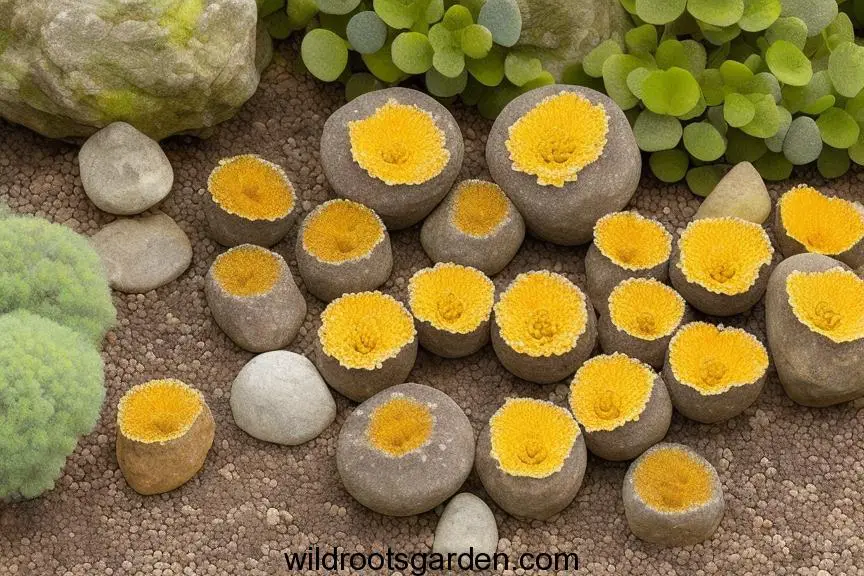
| Scientific Name | Common Name | Family | Distinct Feature |
|---|---|---|---|
| Lithops karasmontana | Karas Mountains Living Stone | Aizoaceae | Mimicry of Stones with Unique Patterns |
15. Sea Onion (Albuca bracteata)
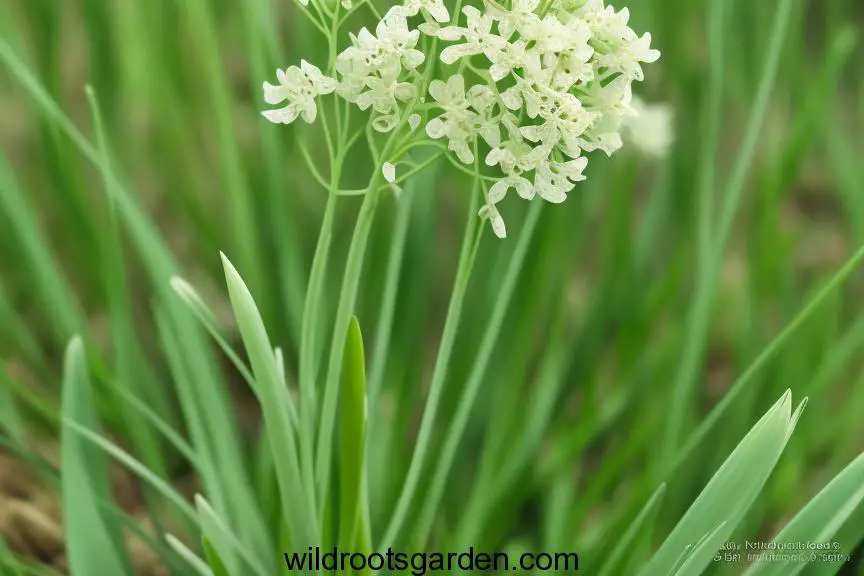
| Scientific Name | Common Name | Family | Distinct Feature |
|---|---|---|---|
| Albuca bracteata | Sea Onion | Asparagaceae | Bulb with Toxic Sap |
16. Vegetable sheep (Raoulia rubra)
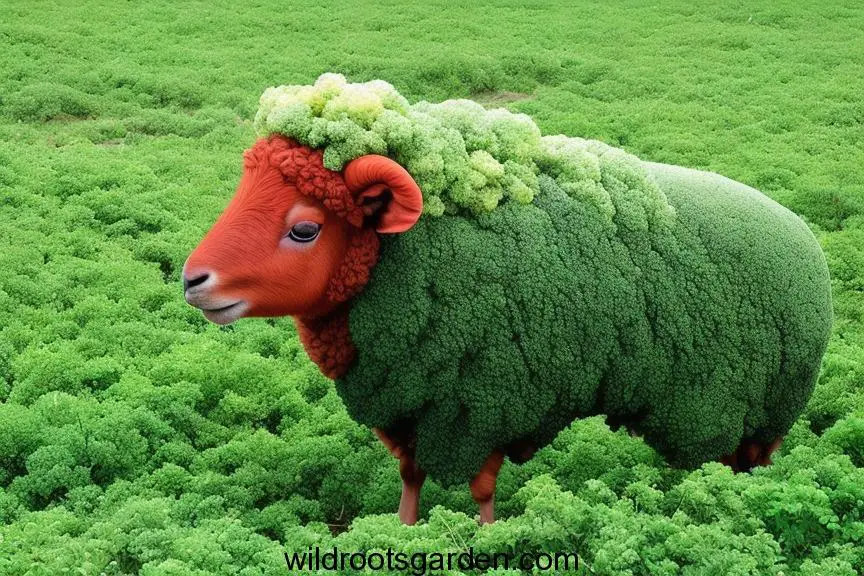
| Scientific Name | Common Name | Family | Distinct Feature |
|---|---|---|---|
| Raoulia rubra | Vegetable Sheep | Asteraceae | Cushion-Like Appearance |
17. Gastrodia agnicellus
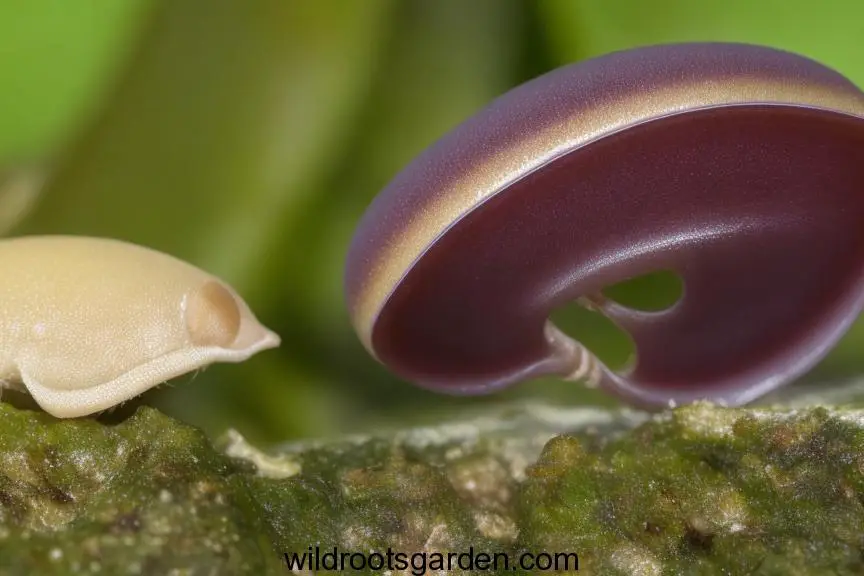
| Scientific Name | Common Name | Family | Distinct Feature |
|---|---|---|---|
| Gastrodia agnicellus | None Known | Orchidaceae | Tallest Known Mycoheterotrophic Orchid |
18. Domingos Martins (Aristolochia cymbifera)
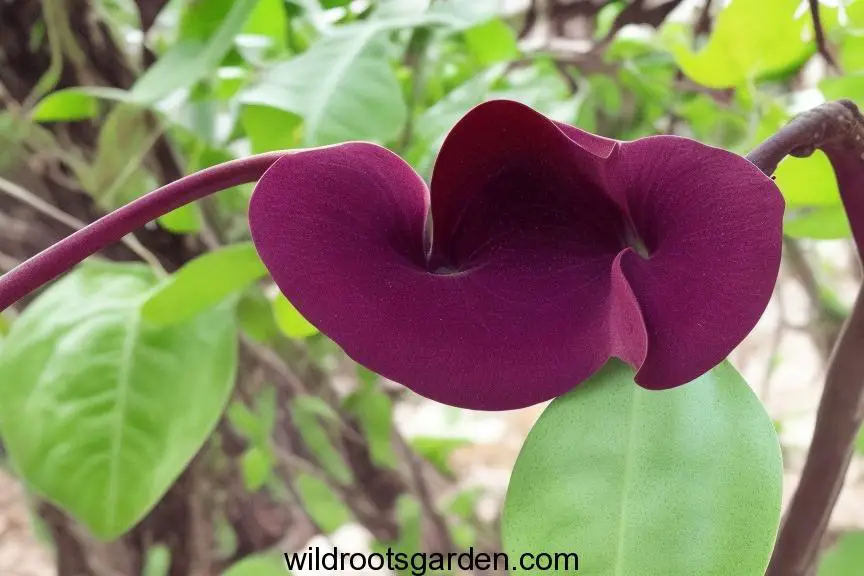
| Scientific Name | Common Name | Family | Distinct Feature |
|---|---|---|---|
| Aristolochia cymbifera | Domingos Martins | Aristolochiaceae | Unique Pouch-Shaped Flowers |
19. Elephant’s Head (Pedicularis groenlandica)
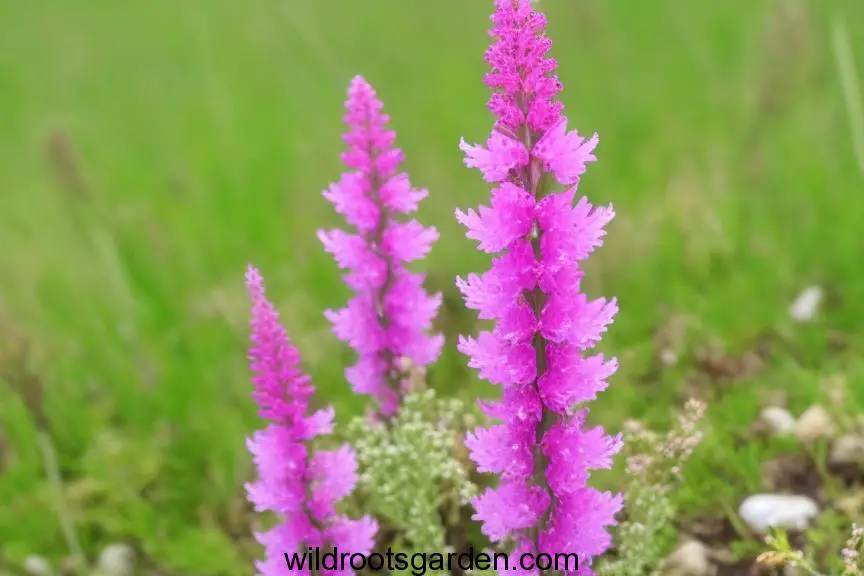
| Scientific Name | Common Name | Family | Distinct Feature |
|---|---|---|---|
| Pedicularis groenlandica | Elephant’s Head | Orobanchaceae | Resemblance to Elephant’s Head |
20. Bastard Cobas (Cyphostemma juttae)
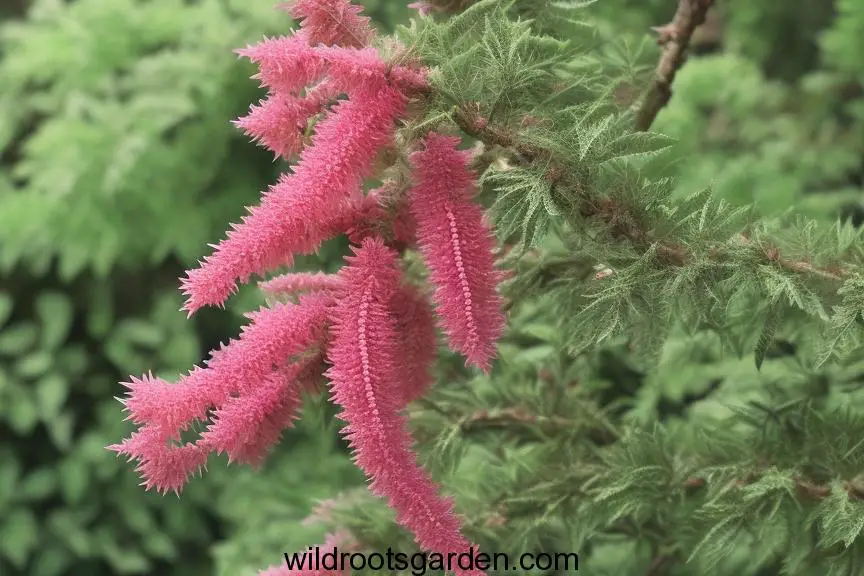
| Scientific Name | Common Name | Family | Distinct Feature |
|---|---|---|---|
| Cyphostemma juttae | Bastard Cobas | Vitaceae | Unique, Bulbous Stem |
Final Thoughts
The world of flora boasts a diverse array of beauty, but it’s not all about vibrant blooms and enchanting fragrances. The concept of beauty takes on a different twist when it comes to the world’s “ugliest” flowers. From the sea onion’s toxic allure to the mimicry of the Vegetable Sheep, nature showcases its artistic quirkiness in unexpected ways. Whether it’s the peculiar stench of the stinky squid or the disguised elegance of the Karas Mountains Living Stone, these “ugly” flowers challenge our traditional notions of attractiveness. Yet, even among the unconventional, there’s an undeniable fascination – from the mesmerizingly grotesque to the ingeniously cunning. So, as we explore these peculiar petals, let’s appreciate the odd, the unconventional, and the strangely alluring that remind us that beauty truly is in the eye of the beholder.
Frequently Asked Questions
1. What are some examples of the world’s ugliest flowers?
Some examples of the world’s ugliest flowers include the Corpse Flower (Amorphophallus titanum), which emits a foul odor resembling rotting flesh, the Naked Man Orchid (Orchis italica), which has blossoms that resemble little naked men, and the Welwitschia mirabilis, a plant with two long leaves that appear tattered and untidy.
2. Why do these ugly flowers exist? Do they serve any purpose?
Ugly flowers, like all plants, have evolved according to their environment and the roles they play. The Corpse Flower’s foul odor attracts pollinators like flies and beetles that are attracted to the scent of rotting flesh. The Naked Man Orchid’s unique appearance is thought to mimic certain insects, encouraging pollination. The Welwitschia mirabilis’ appearance is adapted to withstand arid desert conditions.
3. Are these ugly flowers rare or common?
The rarity of these ugly flowers varies. The Corpse Flower is rare and blooms infrequently, often taking several years to do so. The Naked Man Orchid can be found in specific regions in the Mediterranean but isn’t necessarily common. The Welwitschia mirabilis is native to the Namib Desert and is considered a living fossil due to its unique appearance and limited distribution.
4. Are there any benefits to cultivating these ugly flowers?
While ugly flowers might not be conventionally attractive, they can have educational and conservation value. Cultivating and showcasing them can help raise awareness about unique plant species, their adaptations, and the importance of preserving biodiversity. Additionally, the Corpse Flower’s rare blooms often attract attention and curious visitors, boosting interest in botanical gardens and conservation efforts.
5. Can ugly flowers be turned into decorative elements?
Some people might find the unusual appearance of ugly flowers intriguing and might incorporate them into unconventional floral arrangements or garden designs. While not traditionally used for decorative purposes due to their unappealing aesthetics, these flowers can serve as conversation starters and unique additions to artistic displays or themed events for those who appreciate their distinctiveness.
